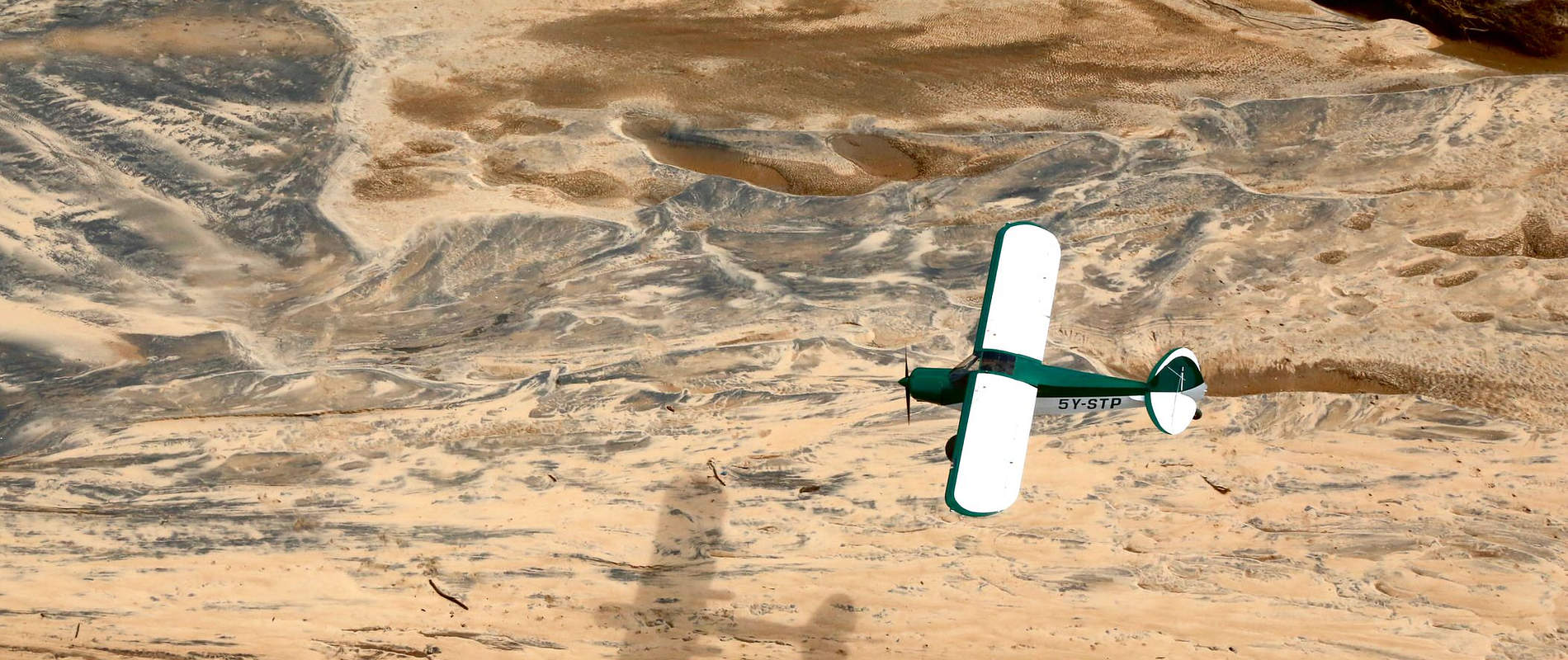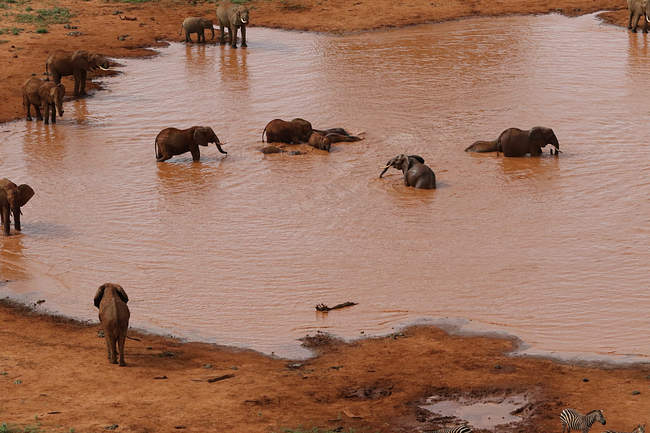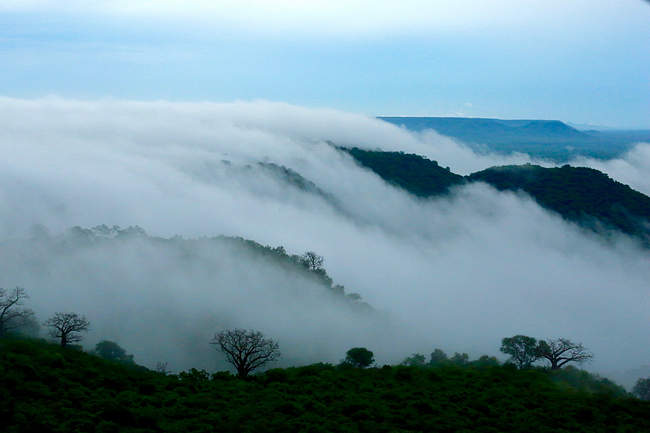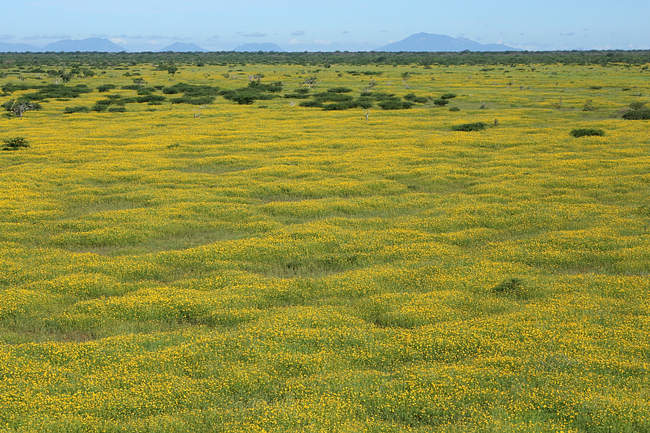Much of April was spent on operations in support of KWS’s efforts to destroy illegal marijuana plantations in the Chyulus as well as supporting the major flooding that was experienced in the region
Much of April was spent on operations in support of KWS’s efforts to destroy illegal marijuana plantations in the Chyulus as well as supporting the major flooding that was experienced in the region. Towards the end of March, one of the fixed wing aircrafts discovered several new cases of marijuana cultivation in the Chyulu Hills and after conducting further surveys, it became apparent that there were actually dozens of small and medium-sized farms that had popped up in the last two years.
With the help of both DSWT fixed wing aircraft and the helicopter we assessed the scale of cultivation and then the KWS coordinated a joint-operation between their own rangers along with DSWT, Big Life and Tsavo Trust to uproot and burn the plants.
Also, with regard to forest fires, we have received our 820 litre Bambi bucket for the Airbus helicopter and have begun testing the external load equipment in preparation for the next fire season, so in the event that fires are started, we will be able to quickly quench them and prevent them from spreading.
Near the end of the month, huge flooding affected much of the country, and the Galana and Tiva rivers both rose higher than they have in living memory. Every camp/lodge along the river in Tsavo East was flooded, including our own Galdessa camp. The power of the Athi/Galana flood was awe-inspiring, leaving little in its wake. In places where the river narrowed it rose well over 10 metres, clearing large areas of mature, riverine forest and even uprooting massive baobabs. Although no camps were situated along the Tiva River, the destruction to vegetation was perhaps greater there. Raging waters cut across meandering sections of the river leaving exposed rock where forests once stood.

Illegal activity was relatively low during April as river levels kept people from crossing into large sections of the Park, and with the rains, many would-be poachers seemed to have returned home to try and cultivate their farms one more time. However, there were large numbers of livestock observed along the Eastern boundary of Tsavo East, to the North of Lali Hills. Several operations were conducted with ground teams as well as by helicopter to remove them.
Human-elephant conflict (HEC) remained a concern in April and culminated with the tragic death of a resident south of Kibwezi, who was trampled by an elephant. Reports later revealed him to be a notorious elephant poacher. To prevent the added tragedy of the elephant being killed in retaliation, we quickly located the elephant by plane and then pushed it back into the Park through a stretch of temporarily removed fence line.
Human-wildlife conflict is a growing threat
While the Voi Mobile Vet unit was taking their off days this month, the DSWT also provided a fixed wing aircraft to transfer the Amboseli Vet 330 km away to the lower Tana Delta to treat an elephant there with a severe snare wound on its front leg. With the foreign body removed, the elephant is expected to make a full recovery, however without intervention it would surely have died.
Highlights of the month included the discovery of a bush meat poachers hideout with 100 snares that will no longer bring suffering to their intended prey and a sighting of a pack of 10 wild dog near Lugard’s falls in Tsavo East.



